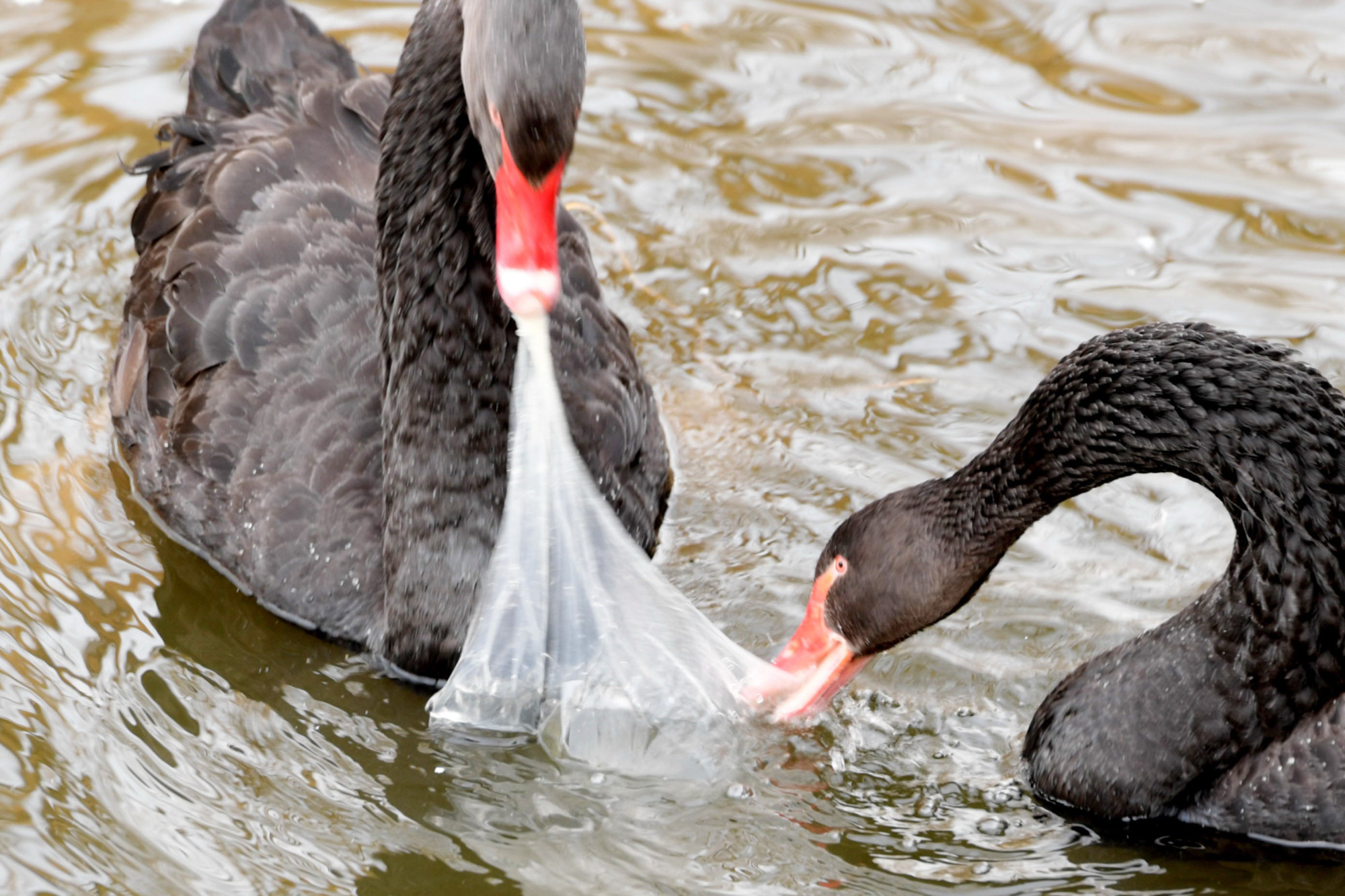Since 2004, China has been the world's largest generator of waste, including plastics. And, since 2010 at least, China has been the largest source of waste plastic flowing into the world's oceans. To its credit, the Chinese government has tried to shrink the problem. In recent years, it's forced retailers to charge for single-use plastic bags that aren't biodegradable (with questionable success); Jilin Province has banned such bags and food-service items outright. The tropical island of Hainan plans to impose an even wider ban starting in 2020.
Officials are also looking for alternatives. According to one analysis, Chinese production of bio-based (rather than petroleum-based) biodegradable plastics will more than double by 2022. That might boost the reputation of the plastics industry, under fire for choking the world's oceans with its products. Unfortunately, it's not likely to help the environment much.
The history of biodegradable plastics dates back to 1975, when a group of Japanese scientists discovered bacteria that consumed nylon. As byproducts, they produced naturally occurring gases such as CO2, as well as biomass in the form of more bacteria. Over subsequent decades, as plastic trash accumulated in landfills and the public became more aware of the extended periods required to degrade that plastic (centuries, in many cases), demand grew for commercial plastics capable of being broken down into natural components by microorganisms.



















With your current subscription plan you can comment on stories. However, before writing your first comment, please create a display name in the Profile section of your subscriber account page.